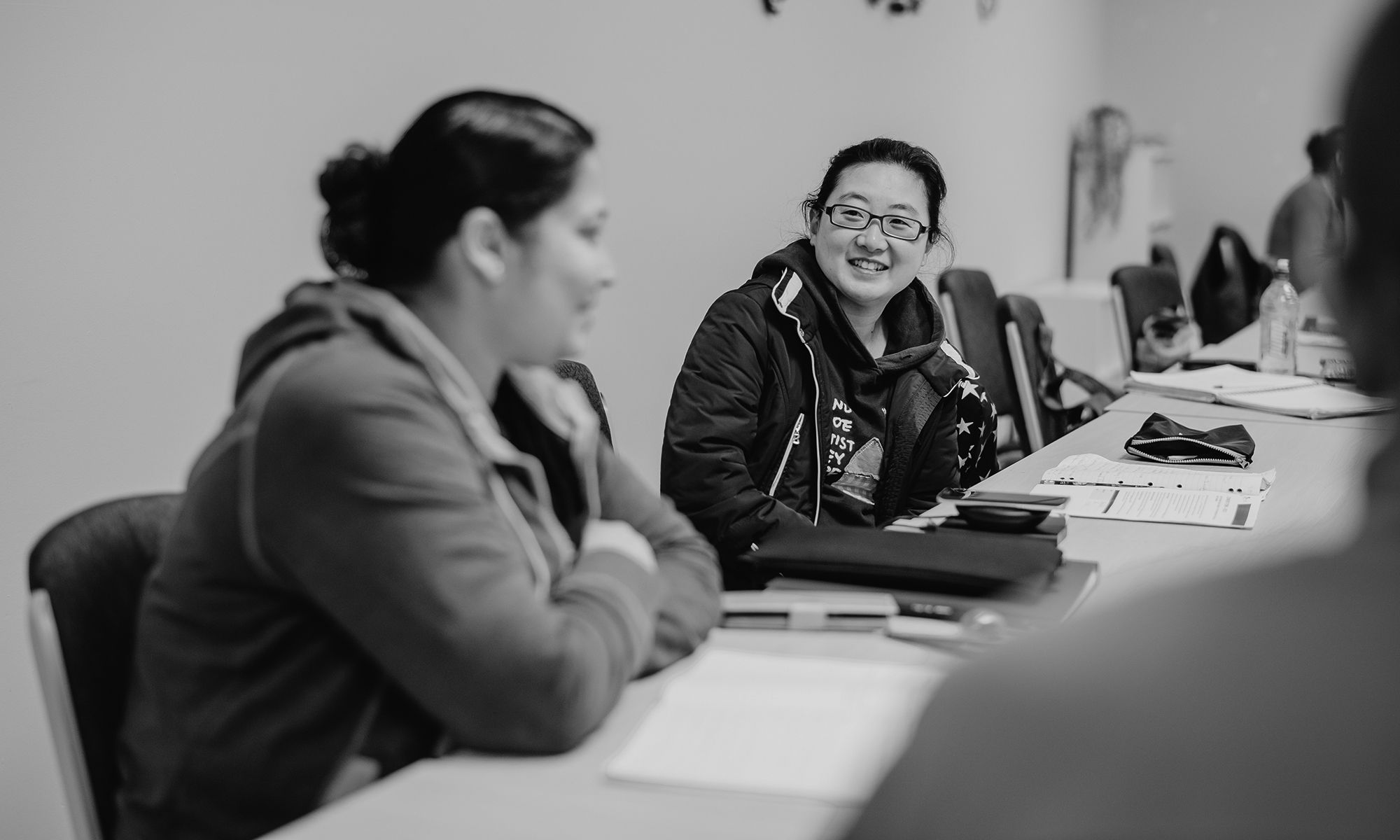Author: Bronwyn J. Ellis, University of South Australia
Edition: Volume 53, Number 3, November 2013
Summary: Undergraduate students enrolled through two regional locations were surveyed on their experience of being university students in later life. Students aged 55 and over were invited to complete an anonymous online questionnaire. This collected demographic information, and sought, through open-ended questions, information on their study motivations and university experience. Participants had the opportunity to describe the highlights and challenges of their study experience, including any needs for additional support and facilities. They were also asked to identify the contributions made possible by their greater life experience, and to comment on their relationship with academic and administrative staff and other students.
Most respondents (70%) aimed to use their new knowledge, skills, and targetted qualification in a vocational context; self actualisation goals also played a part for some. They reported generally relating well to others at university. Challenges arose from conflicting priorities and some technological issues. Their accumulated experiences helped them contribute significantly to class discussions as they understood the context for the theory they were learning.
Keywords: lifelong learning, older learners, motivation, higher education, equity, diversity
![]()
![]()
![]()
![]() Share a copy of this abstract.
Share a copy of this abstract.
This article is part of AJAL, Volume 53_3. The entire volume is available in .pdf for purchase here.
